Iran Dried Fruit Exporter of dried fruits and nuts supplier and wholesaler of pistachio , dates , saffrons and raisins
Iran Dried Fruit
Exporter of dried fruits and nuts
dried fruit and nuts
average price

Iran Pistachio Price
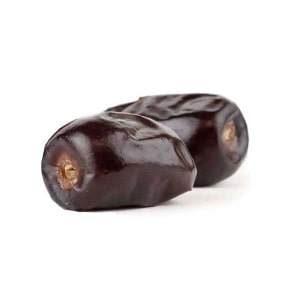
Iran Date's Price

Iran Saffron Price

Iran Raisin Price

Iran Dried Fig Price
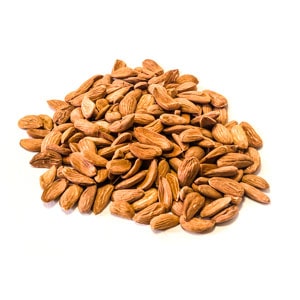
Iran Almond Price

Iran Pistachio Kernel Price











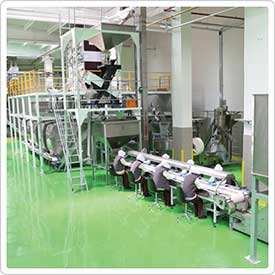


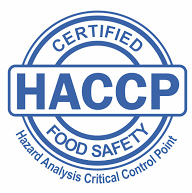



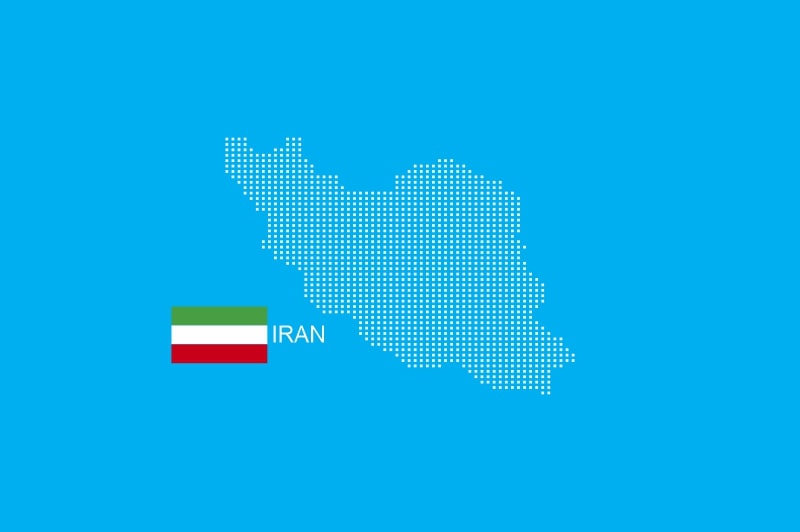


 3 kind raisin
3 kind raisin 


